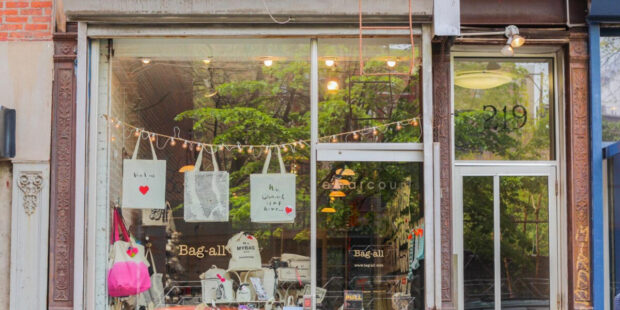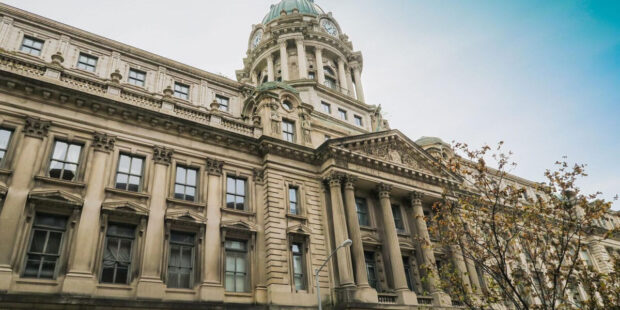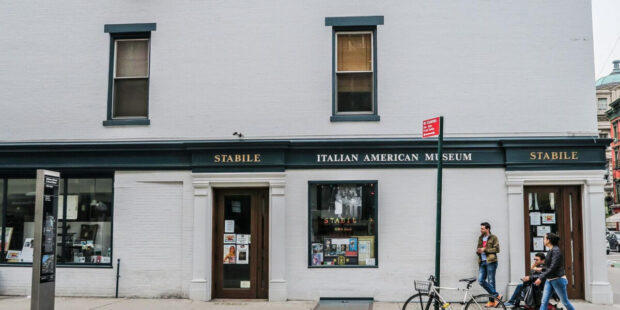Little Italy is a must-see neighborhood in Lower Manhattan and is very popular with most New York tourists. Little Italy is bounded by Center Street in the west, Houston Street in the north, Canal Street in the south, and Bowery in the east.
To the north of today’s Little Italy, the small part of Nolita has split off, the “North of Little Italy”. One of the most famous streets in New York, Italy is Mulberry Street, which runs through the district as the main street.
In the 1870s, many Italian immigrants came to New York, mostly looking for a new life in the city that never sleeps. There was poverty in southern Italy and people expected a lot from breaking down all the tents at home and starting over in Manhattan. However, the Italians then lived in small, rather dingy apartment buildings, which at the time comprised around 17 blocks around Mulberry Street. Everything was so densely built up that the lower floors often got no light.
READ 10 Weirdest Things That Can Only Be Bought in New York
Organized crime has always been a big part of the neighborhood. The Mafia had a strong presence in Little Italy in New York for many years. Celebrities like Robert De Niro, who grew up in Little Italy, used his experiences of the neighborhood and its gangs in films like The Godfather or Mean Street.
At the beginning of the 20th century, the ethnic neighborhoods, as well as Little Italy, slowly disintegrated as the descendants of the immigrants became increasingly wealthy and moved to more affluent areas within Manhattan.

Current censuses show that today only around five percent of the residents of Little Italy actually have Italian roots. All of them were born in America. In addition, Little Italy has become smaller and smaller over the years. The quarter once stretched from Canal Street to Houston Street (between Lafayette Street and Bowery), so today we only speak of the real Little Italy in the area around Mulberry Street.
Chinatown is growing more and more and is pressing little Italy in the middle of Manhattan more and more. Much of what is going on in Little Italy today has been preserved primarily for tourism. The original Italians moved to Queens – there, around the Spaghetti Park, Italians meet today to play bocce, drink espresso, or eat a delicious pizza at Corona Pizza.
If you want to learn more about the exciting area around Little Italy, there is also a great walking tour through SoHo, Little Italy, and Chinatown. During the 2-hour tour, you will discover the various highlights and interesting background stories of the three districts, which are so close to each other and yet could not be more different.

Nevertheless, a visit to Little Italy in New York is a trip to Italy for the New York vacationer. The touristy Mulberry Street is full of restaurants and cafes, whose waiters like to stand on the street to lure the passing tourists into the eatery.
The food is deliciously Italian (however, most of the restaurant owners are now Albanians and not Italians anymore). The many national flags or the Italian-style house facades remind the visitor of a small village in Italy.
READ Top 10 Places: Where to Go and What to See in Soho, Manhattan
But for the last Italians in Little Italy (one officially speaks of four large families), that is, for the heirs of the founders of the quarter that is now fooled by tourists as an authentic quarter, what happens here is a tragedy. You speak of a spirit of former Little Italy – nothing more is left of it.
On Mulberry Street, you will find an old brick house that was once the meeting place of the Italian Mafia bosses. Today it is a shoe store. John Gotti used to meet business associates at the Ravenite Social Club here until he was arrested there in 1990. John Gotti was a senior bully (part of the Cosa Nostra) in New York City and head of the Gambino family. Because of his numerous charges, he became one of the most famous members of the Cosa Nostra after Al Capon. Incidentally, the Cosa Nostra was also founded in Little Italy.
Mobster Joey Gallo, also a very important name in the Mafia scene at the time, was shot dead on Mulberry Street in Umberto’s Clam House during his own birthday party. The restaurant still exists, so if you want to eat in a former mafia bar, you should reserve a table here.
Fans of the HBO cult series “The Sopranos” can visit many of the original filming locations on a 4-hour bus tour – from Father Phil’s Parish to Bada Bing, there are more than 40 filming locations!

The Police Headquarters Building View
The former police headquarters in French neo-renaissance style was converted into an apartment building in 1988 by the architects Ehrenkranz Group & Eckstut, it occupies the entire street block between Grand, Center, Broome Street, and Center Market Place. But it is still in full splendor and gives an idea of how the NYPD used to go in and out here. You can hardly miss it on your walk through Little Italy.
READ How Broken Windows Theory Changed New York

The popular museum on Mulberry Street has a fascinating exhibition of Italian history in the United States, but especially in New York.
The relatively small museum deals with the life of Italians in America and exhibits a historical collection of documents, pictures, art, and personal biographies.
It is particularly significant for Little Italy because former Little Italy is preserved in the Italian American Museum. Here you get to see exciting background information and information about the district around Mulberry Street and you can form your own picture of the history and present-day of this district.

The culturally-inspired neighborhoods in New York City in particular are known for having great hidden graffiti in them.
One of the most famous in the whole city is located at 176 Mulberry St, New York, and features the icon, Audrey Hepburn. Many other great spots can be photographed and admired there. You can find an impression in our gallery.
Like us on Facebook for more stories like this: